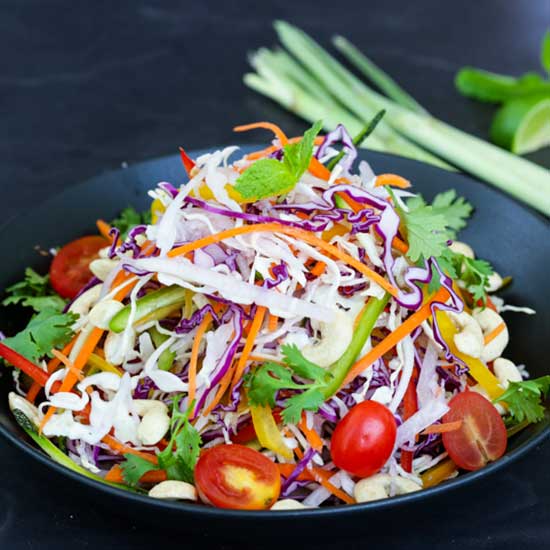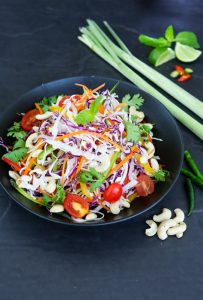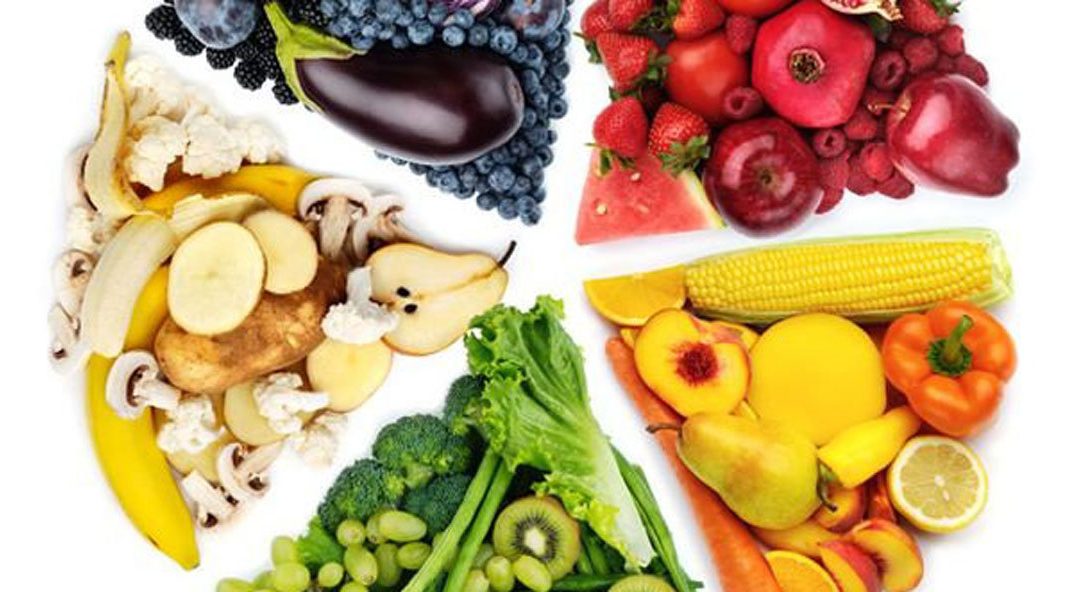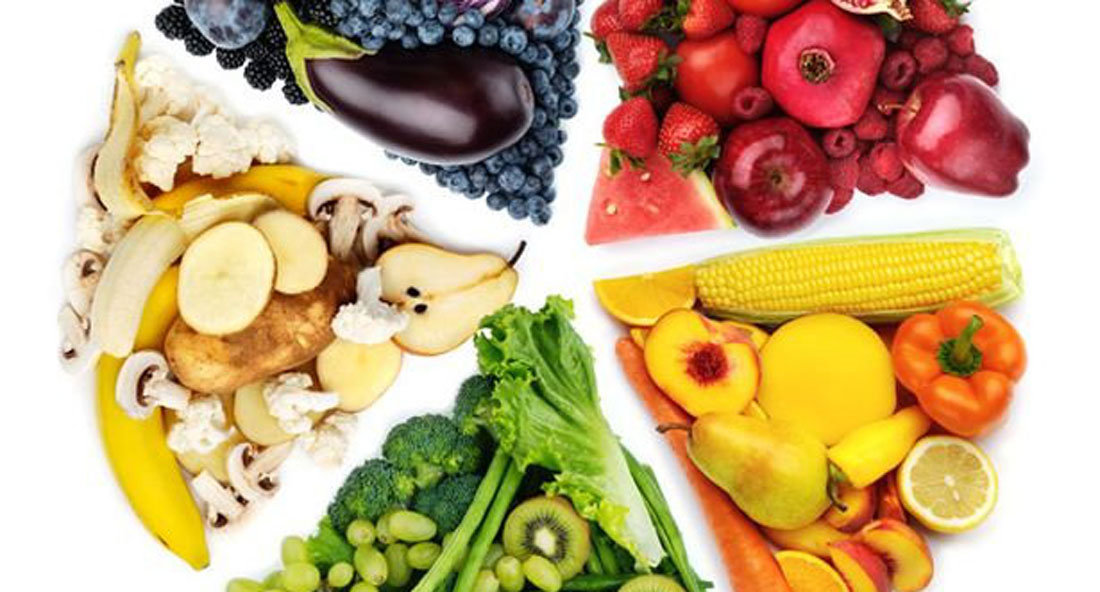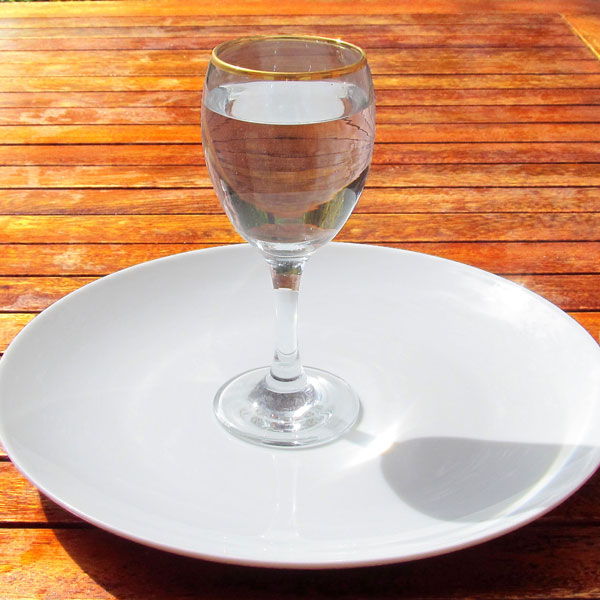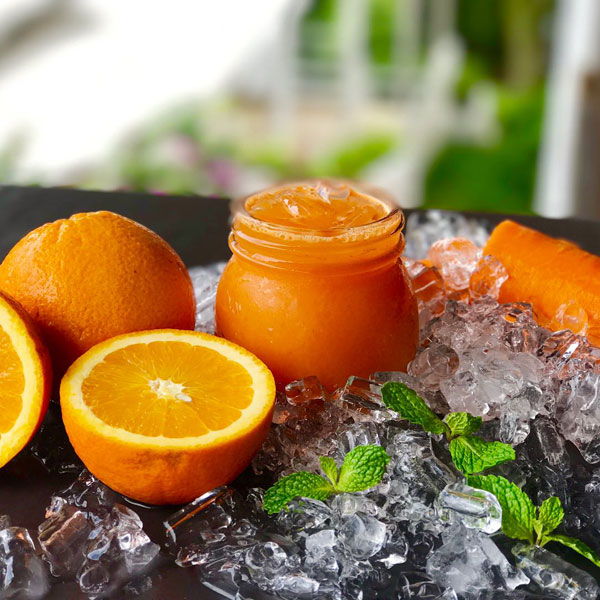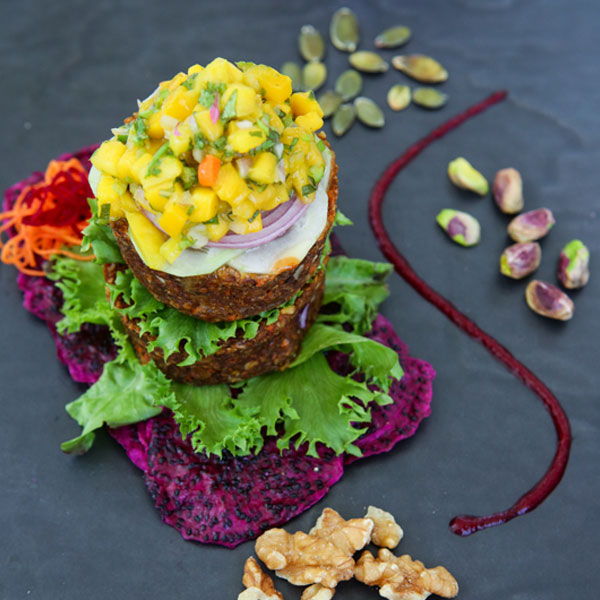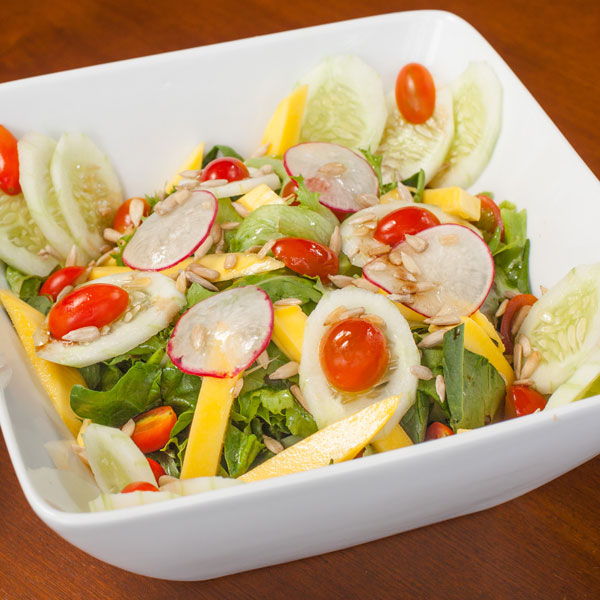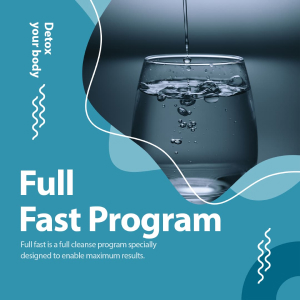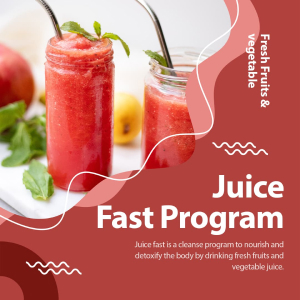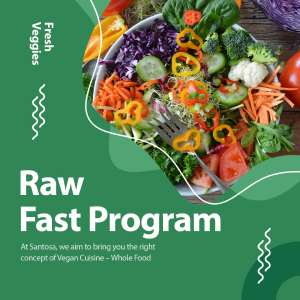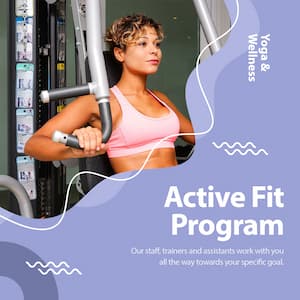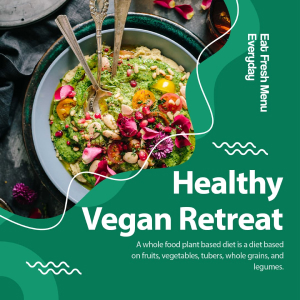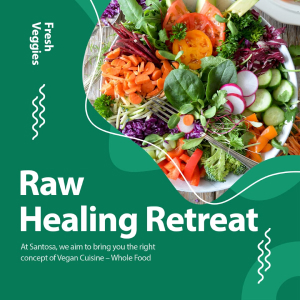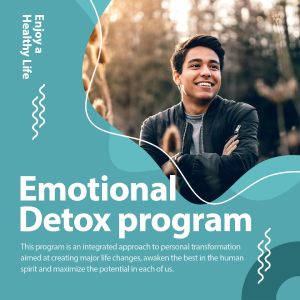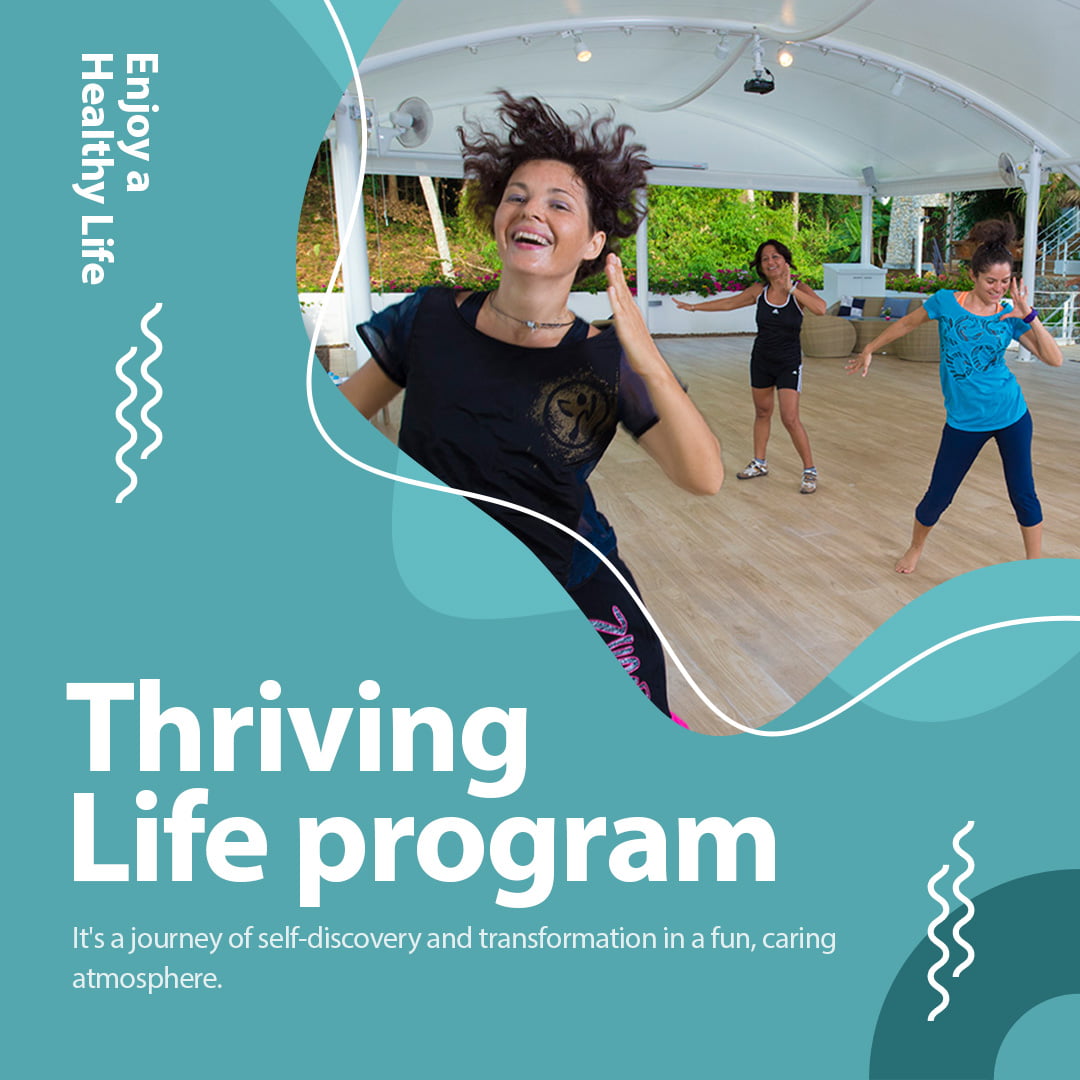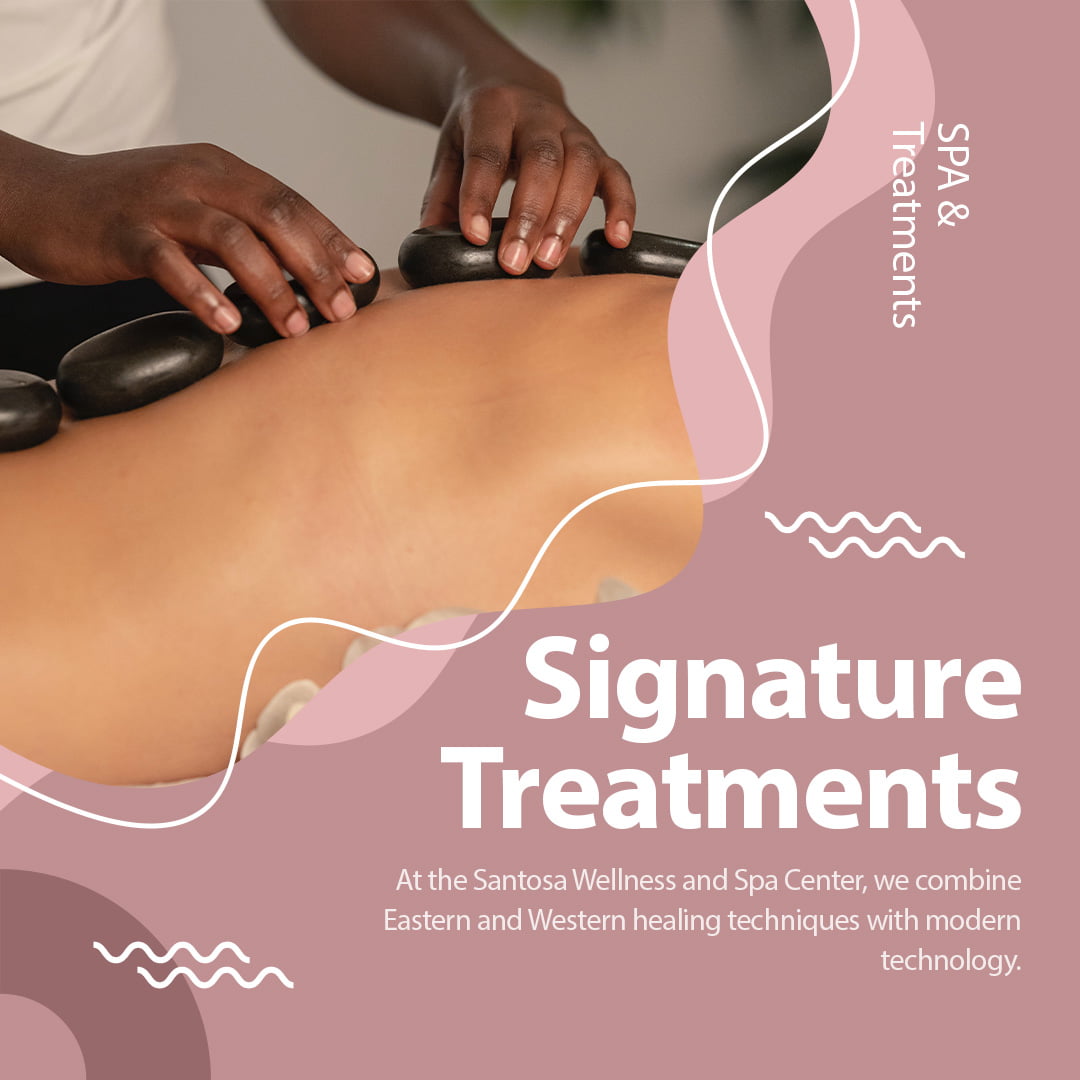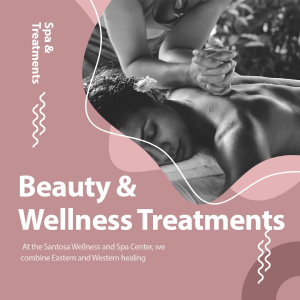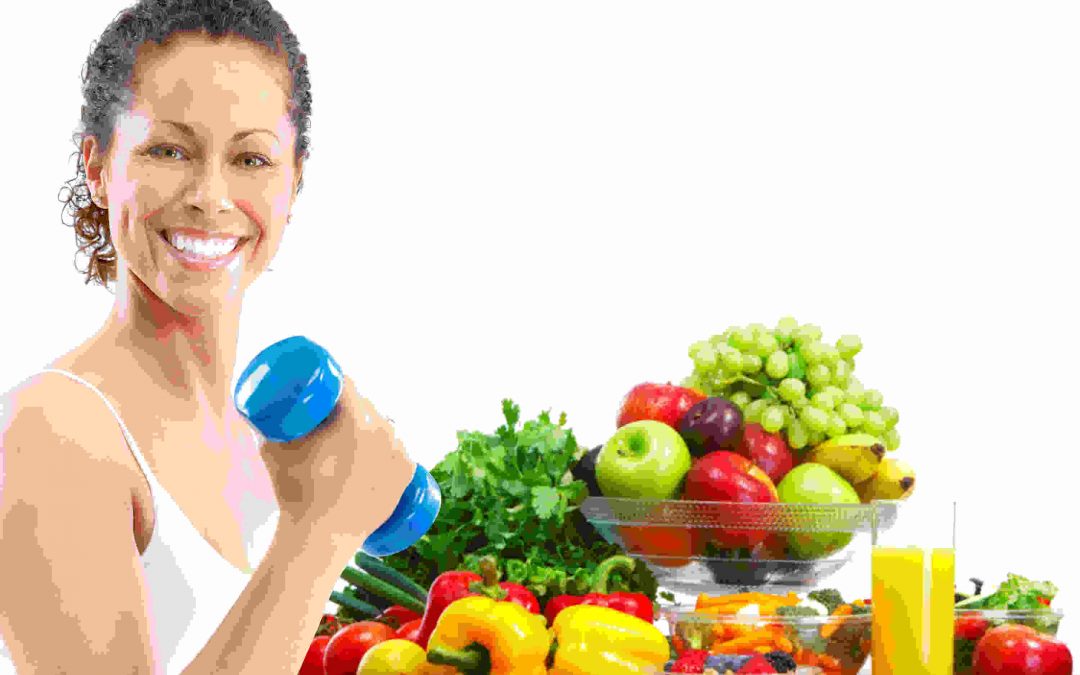
Aug 23, 2015 | Healthy Eating
You know how you just feel starving after having a huge meal of low carb, low fat, low calorie diet food?
There is a reason why nutrients count and not just calories!
Find out what the most important nutrients are and what they do for your body & what food to find them in.
Nutrients vs. Empty Calories
Empty-calorie foods are highly processed foods that contain added fat, salt & sugar. Examples include baked products such as cakes, cookies, pies and pastries as well as puddings, doughnuts, fries, jams, syrups, jelly, sweetened fruit drinks, breaded fried burgers and ice cream. Empty-calorie foods also make up most of the long shelf life foods and beverages sold in vending machines such as chips, salted snacks, candy, soda, energy and sports drinks. Although empty-calorie foods are cheaper and more readily available than nutrient-dense foods, regular consumption of these foods can have a negative effect on health.
Eating a balanced diet of nutrient-dense foods provides many nutrients that are required to maintain health. This means planning meals that include fruits, vegetables, whole grains, nuts, beans, seeds, These foods provide fewer calories but are excellent sources of nutrients such as the B-vitamins, vitamins A, C, D and E, protein, calcium, iron, potassium, zinc, fiber and monounsaturated fatty acids. Fruits and vegetables also contain phytochemicals that may help reduce the incidence of heart disease, diabetes and cancer.
Top 10 Nutrients and where to find them
1. Vitamin A
This essential vitamin plays an important role in general growth and development, including proper vision, healthy teeth, glowing skin, strong bones and more.
Some foods rich in vitamin A are carrots, sweet potatoes, cantaloupe, pumpkin, spinach, watermelon, kale, papaya, peaches, apricots, tomatoes, dried beans, lentils, red peppers, guava and broccoli.
2. Vitamin C
This water-soluble vitamin is an antioxidant that helps protect cells from free-radical damage, lowers the risk of different types of cancer, regenerates your vitamin E supply, and improves iron absorption. It also keeps the gums healthy, aids in healing wounds, boosts the immune system, and keeps infections at bay.
Your body can’t store vitamin C or make it, so you need to consume some every day. Some foods rich in vitamin C are red peppers, kiwi, oranges, strawberries, cantaloupe, broccoli, guava, grapefruit, Brussels sprouts, parsley, lemon juice, papaya, cauliflower, kale and mustard greens
3. Vitamin E
Vitamin E is the collective name of eight fat-soluble compounds with distinctive antioxidant activities. This particular vitamin protects the skin from harmful ultraviolet light, prevents cell damage from free radicals, improves communication between cells, and protects against prostate cancer and Alzheimer’s disease.
Some foods rich in vitamin E are spinach, chard, turnip greens, mustard greens, cayenne pepper, almonds, sunflower seeds, wheat germ, asparagus, bell peppers, whole grain cereals and safflower oil.
4. Dietary Fiber
The definition of fiber is complex carbohydrates that the body can’t digest or absorb. Instead, it passes relatively intact through your stomach, small intestine, and colon and out of your body.
A high-fiber diet normalizes bowel movements, helps maintain bowel health, lowers cholesterol levels, helps control blood sugar levels, and aids in achieving healthy weight. It also lowers the risk of developing chronic conditions, including heart disease, cancer, and type 2 diabetes.
Some foods with high fiber content are whole grain crackers, quinoa, millet, barley, cracked wheat, wild rice, black beans, chickpeas, turnip greens, oats, flaxseed, mustard greens, collard greens, navy beans, eggplant, raspberries, and cinnamon.
5. Folic Acid (Vitamin B9)
Folic acid, also known as folate, is a form of the water-soluble vitamin B9. Folic acid supports red blood cell production to prevent anemia, prevents homocysteine buildup in your blood, and helps the nerves function properly. It also prevents osteoporosis-related bone fractures and dementias, including Alzheimer’s disease.
The body cannot store folic acid, so it is highly essential to consume it every day to maintain an adequate amount in your system.
Some good food sources of folic acid are romaine lettuce, spinach, asparagus, turnip greens, mustard greens, parsley, collard greens, broccoli, cauliflower, beets, lentils, asparagus, cabbage, egg yolks and lettuce.
6. Iron
Iron helps make red blood cells, which carry oxygen around the body. It is also necessary to support proper metabolism for muscles and other active organs. A lack of iron in the body can lead to iron-deficiency anemia that can result in fatigue, weakness, and irritability.
Some iron-rich foods are oysters, red meats and chicken liver, but there are many vegan alternatives such as soybeans, fortified cereal, pumpkin seeds, beans, lentils, spinach, nuts, dried apricots, brown rice, watercress, kale, Swiss chard, thyme, asparagus, cumin, turmeric, tofu, blackstrap molasses, collard greens, leeks, oregano, black pepper, basil and turnips.
Also increasing the amount of vitamin C in your diet will help your body absorb iron more effectively.
- Magnesium
Magnesium contributes to bone strength, enables energy production, boosts the immune system, and normalizes muscle, nerve, and heart functioning. In fact, this mineral is highly essential for a normal heartbeat. Foods that are high in fiber are generally also high in magnesium.
Some good foods to eat to get magnesium are legumes, whole grains, broccoli, squash, spinach, almonds, cashews, peanuts, soymilk, black beans, avocado, brown rice, oatmeal, kidney beans, banana, pumpkin seeds and sesame seeds
- Omega-3 fatty acids
They are considered essential fatty acids (ALA, DHA and EPA) that help build cells, regulate the nervous system, strengthen the cardiovascular system, build immunity, and help the body absorb nutrients.
They also reduce the risk of becoming obese and improve the body’s ability to respond to insulin. They even help prevent cancer cell growth.
Some of the best sources of omega-3 fatty acids are flaxseeds, walnuts, salmon, sardines, soybeans, halibut, scallops, shrimp, canola oil, linseed, tofu and olive oil.
- Calcium
The mineral calcium plays a key role in maintaining healthy teeth and bones. It also promotes healthy nerve and muscle functioning, helps maintain the pH balance in the blood, and helps the body convert food into energy. It has been found that adequate calcium intake also lowers blood pressure, as well as controls weight.
Some calcium-rich foods are tofu, black molasses, sesame seeds, sardines, collard greens, spinach, turnip greens and scallops.
- Protein
Protein helps the immune system function properly; maintains healthy skin, hair and nails; and, assists the body in producing enzymes.
Protein is considered the building block of life because the body needs it to repair and maintain itself. Protein is important to support proper growth and development during childhood, adolescence, and pregnancy.
Some high-protein foods are spinach, tofu, mustard greens, asparagus, soybeans, mushrooms, eggs, summer squash, split peas and garbanzo beans.
Be sure to get the right amounts of these essential nutrients in your diet every day!
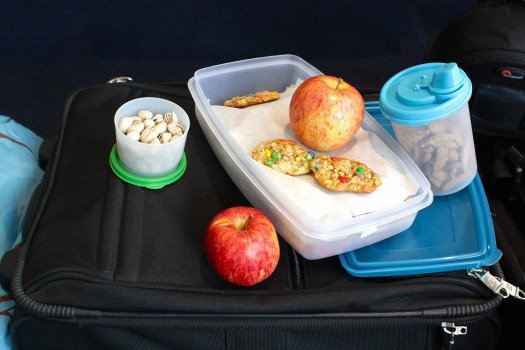
Jul 17, 2015 | Healthy Eating
Millions of people travel every day, coming in and out of the airports. They think they have no choice, but to eat the airport and airplane food because it is the only thing available.
But what if you don’t want to give up your health just because you’re travelling?
Find out the nifty tricks you can apply!
Now that many companies have introduced the vegetarian/vegan/raw/no dairy/no fish/no whatever else you can think about choice, it’s getting easier and, as I think there is always space for improvement and transformation, I’m still very careful and I take precautions.
Remember that most of the time we are talking about pre-packaged, pre-cooked food. We don’t know what is inside and the food is often heavily processed with additives and preservatives.
So, as a chef and coach, I would like to share with you my tips and suggestions about how to survive airport and airplane food, simply by bringing your own food on board. The only thing you have to make sure is that your food won’t be confiscated at the security checks (you can ask your travel agent to provide you with this information).
Here are some items that don’t get confiscated but be sure to check the quantity you are allowed to carry on board.
– crunchy snacks like crackers, kale chips, raw crackers, veggie chips (you need a dehydrator for that; for some recipes you can use the oven so you can bake delicious crackers and granola bars)
– homemade sandwiches wrapped in paper and transparent plastic bags of appropriate size. Remember not to use any foil, as they will ask you to open the bag and check because the foil hides the content to the x-rays machine. Some (vegan) ideas for sandwiches: vegetable ham, hummus and salad; vegetable mayo and grilled veggies; homemade peanut butter sprinkled with sesame seeds and salt and fresh apples; homemade veggie burger and mayo and salad…..
– fresh fruit and veggies. Bananas and oranges are perfectly “packaged” by Mother Nature as a great travel snack! Cherry tomatoes, grapes, carrots, are other great examples. If you feel brave you can also bring avocados on board and eat them with the spoon provided by the company.
-trail mix: I like to make my own at home, rather than having the one from the shop; my fav recipe is this: ½ cup each of raisins, blueberries, prunes, almonds, pumpkin seeds and coconut flakes. It gives me energy and it is nutrient-dense. If you put more dried fruit like dates or apricots you can prepare fruit bars.
-tea bags of your favorite brand, to make hot tea and sip it during the flight and if you carry your fav book and/or your music it will be (almost) like at home!
What happens when you eat such food? Besides the obvious of not eating food laden with chemicals and preservatives, you will feel much better upon arrival to your destination and the jet-lag won’t be that horrible because your energy level will be higher than usual.
…and if you add probiotics to your fruit bars, it will be even better!
Happy Travelling, Your Susanna.
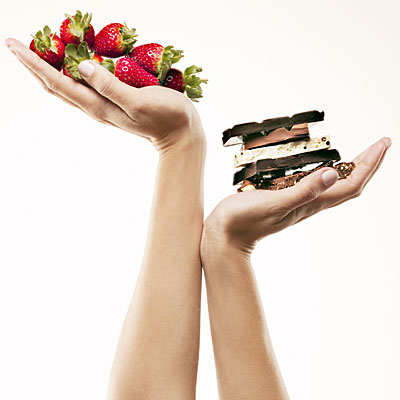
Jun 28, 2015 | Healthy Eating
When dieting and invited to an even typical thoughts might be:
“What am I gonna eat? Celery stick? No way, there will be the best selection of my favorite food…”
“Should I say yes to the mayo-chipotle-double sauce-veggie- -pancake-with-french-fries-on-the-side? It’s for tonight only…”
Every event could seem perfect to splurge, but the consequence can be the worst kind of party affliction: the FOOD HANGOVER.
Here some easy-to-follow tips to save you, so you will learn how to say no to that extra slab of creamy, spicy, luscious, fluffy yummy dip.
1- Go to sleep earlier the night before the party and rest at least for seven hours
Rest up at least for seven or eight hours. When we sleep less than that, we have the tendency to eat more than what we need and to choose higher fat foods. This will have a consequence on our choices, when in front of a buffet.
2- Be a food detective
We have the tendency to consume the most of the food we first pile onto our plates, so act accordingly: take a look at the buffet and examine all the dishes, and ask questions if necessary. Don’t be afraid you’ll not be able to have that amazing fresh vegetable roll because the other guests are fighting to have one: just wait for few minutes and you will find them again. The catering companies know this very well, that’s why they always have extra rolls ready J
Use your senses: sight, smell and talk to the waiters, they can give you the best advice.
3- What to drink?
Drinking water, two or three full glasses, before going to the party will help you reduce your appetite so you can make the best choices once you are in front of the buffet. The choice will not be driven by psychologic hunger. At the party ask for fruit juice or fruit mocktail. If there will be wine and you really, really, really want a taste of it, follow this simple rule of thumb: when pouring the wine, mentally count to 3 before saying stop: that is the right quantity of wine. Actually wine can help you because it can reduce the impact of high fat foods. Please, remember that moderation is the key.
4- Choose a small plate
Do we really need to explain this?
Several studies demonstrate, that by choosing a smaller plate, we can trick our brains to think we are eating more.
Another piece of advice: go for the vegetables, unadorned. Despite the fact that I’m vegan, so this article might be a little tricky and definitely supporting the vegan movement, veggies are really the best choice at parties. Cooked or raw, they can fill you up leaving you lighter and ready to dance like a pro…without that nasty food coma, too!
Golden Rule:
If there is fruit at the buffet, always eat fruit as first course, possibly without any yoghurt or custard or double-cream-mousse. Eating fruit first will help you to feel full, without being bloated and the sugar of the fruit is enough for you not to feel the need to put that extra slab of sauce or ice-cream on top. When the blood sugar level is ok, you don’t feel “the need” to eat like tomorrow never comes J
This is it for today, don’t forget to let us know about your results and if you like this article, like it on FB!
